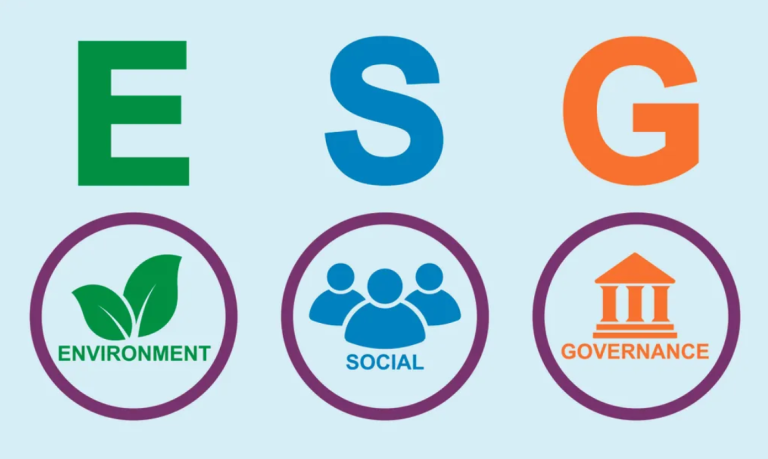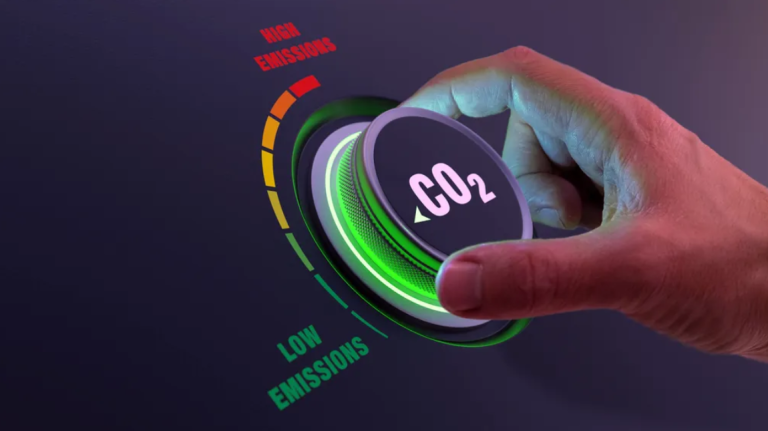Green credit cards have gained popularity in recent years as a means for individuals to support environmentally friendly initiatives while managing their finances. These cards promise to offset carbon emissions, fund conservation efforts, or promote sustainability in various ways. However, as with any financial product, it’s essential to assess whether green credit cards truly deliver on their promises. In this article, we will explore the world of green credit cards, examine their environmental and financial implications, and help you make an informed decision regarding their value.
The Promise of Green Credit Cards
Green credit cards are designed to contribute to environmental and sustainability causes through various mechanisms. These may include:
Carbon Offsetting: Some green credit cards offset a percentage of the cardholder’s carbon emissions by investing in projects like reforestation or renewable energy.
Donations to Environmental Nonprofits: Certain cards donate a portion of each purchase to environmental nonprofits, helping fund conservation and climate initiatives.
Promotion of Sustainable Practices: Green credit cards may encourage cardholders to adopt sustainable habits by offering rewards or discounts for eco-friendly purchases, like electric vehicles or energy-efficient appliances.
Environmental Reporting: Some cards provide detailed statements about the environmental impact of cardholder spending, raising awareness about personal carbon footprints.
Reduced Carbon Footprint: By supporting sustainable initiatives, these cards aim to help reduce the carbon footprint associated with typical credit card usage.
Do They Deliver on Their Promises?
Assessing whether green credit cards deliver on their promises involves examining their environmental and financial implications:
Environmental Impact: Green credit cards indeed contribute to environmental causes, but the effectiveness varies. When considering a green credit card, it’s essential to research the specific initiatives it supports, the percentage of emissions offset, or the nature of donations to nonprofits. The transparency of the card issuer in reporting the environmental impact of their initiatives is also crucial.
Financial Benefits: Green credit cards often come with competitive rewards, benefits, and features similar to regular credit cards. The financial benefits can include cashback, travel rewards, and promotional interest rates. Cardholders can enjoy these financial perks while supporting environmental causes.
Annual Fees and Interest Rates: Be sure to compare the annual fees and interest rates of green credit cards with those of regular cards. Some green cards may have higher annual fees, but the value they offer in environmental contributions and rewards can offset the costs.
Eligibility: Check whether you meet the eligibility criteria for a green credit card, as these cards may require a certain credit score or income level.
Personal Values: The value of a green credit card also depends on your personal values. If environmental and sustainability causes align with your beliefs and priorities, the card may hold substantial value beyond financial benefits.
Tips for Choosing a Green Credit Card
Research and Compare: Take the time to research and compare different green credit cards to find the one that aligns with your values and offers the best financial benefits.
Examine the Environmental Impact: Look into the specific environmental initiatives the card supports. Consider cards that invest in meaningful projects and provide transparency regarding their contributions.
Financial Considerations: Evaluate the financial aspects, including rewards, annual fees, and interest rates. Ensure that the card’s financial benefits match your spending habits and preferences.
Check Eligibility: Confirm that you meet the eligibility criteria for the card you’re interested in to avoid unnecessary application rejections.
Align with Personal Values: Choose a green credit card that aligns with your personal values and sustainability goals. The sense of contributing to environmental causes can be a significant motivator for responsible spending.
The Future of Green Credit Cards
As sustainability and environmental consciousness continue to grow, the future of green credit cards appears promising. Card issuers are likely to expand their offerings, improve the transparency of their environmental initiatives, and refine the financial benefits for cardholders. Additionally, advancements in financial technology may lead to innovative features and rewards that further support sustainability.
Green credit cards offer a unique opportunity for individuals to contribute to environmental and sustainability causes while managing their finances. They combine financial benefits with the sense of making a positive impact on the world. However, the effectiveness of these cards in delivering on their promises varies, so it’s crucial to research and choose a card that aligns with your values and financial goals. The growing popularity of green credit cards signals a positive shift towards more responsible and sustainable financial products, making them a valuable option for eco-conscious consumers.



































